The Hargermill
A typical old Dutch landscape: a polder mill in the middle of the meadows. South of Petten on the Mosterdweg stands the striking, monumental Harger Mill. The mill was hit by fire in 1976 and 1991, but was nicely restored both times.
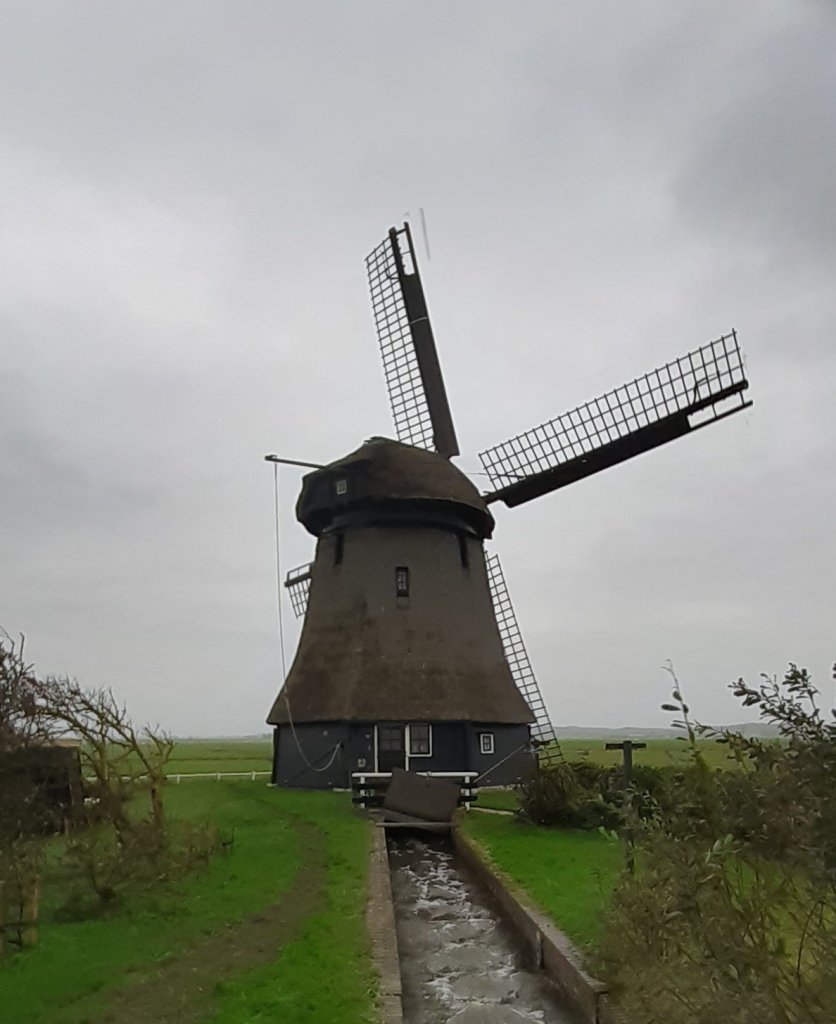
Harger and Pettemerpolder
The mill drains the 360-hectare Vereenigde Harger- en Pettemerpolder. The vast Harger and Pettemerpolder is an old polder with a medieval pattern of plots. The long history of the area is nicely reflected in the old dikes, divided pieces of grassland and the course of the numerous ditches. The extraction of clay for the construction and reinforcement of the Hondsbossche Zeewering probably created the pond De Putten in the 19th century. The salt seepage that seeps under the sea wall comes to the surface here.
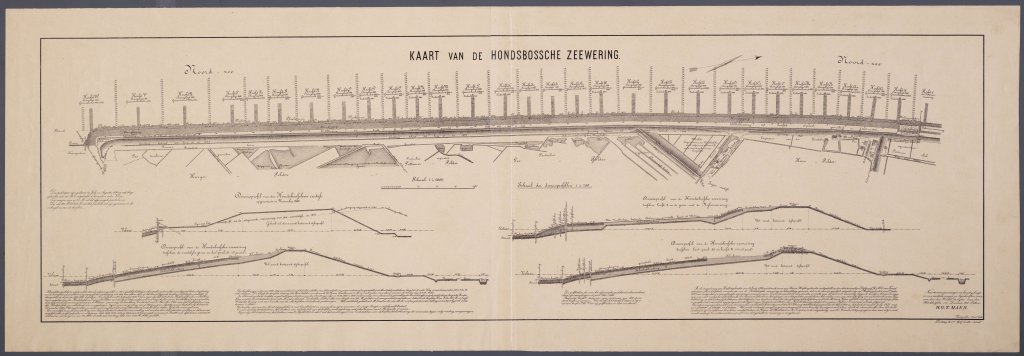
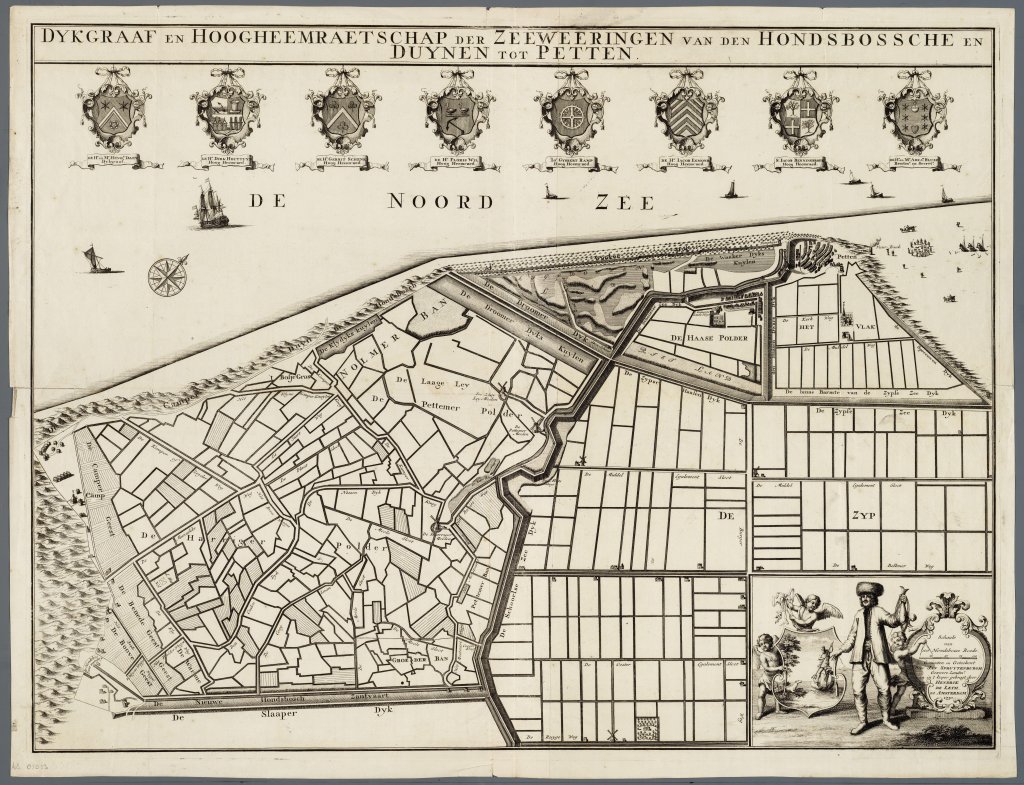
Invasion of 1799
In late August 1799, an Anglo-Russian invasion force landed at Groote Keeten to restore the pro-English stadholder William V to power. The latter had been forced out four years earlier after a French invasion. To prevent the French troops from using the high mills as observation posts, the English patrols set fire to five polder mills (including the Harger and Pettemermolen). Not until 1803 did the Harger-, Pettemer-, Groeter- and Leipolder receive a loan of 28,000 guilders from The Hague to rebuild the mills. That loan was not enough. Therefore, only the Harger mill was rebuilt and the drainage of the Harger and Pettemer polder was combined. The two polders remained independent until 1862.
Hargermolen
The Hargermolen was rebuilt in 1804 by millwright A. Latenstein of Zaandam for 13,500 guilders. It is a reed-covered, octagonal indoor crosser. This means that the cap with the sails are turned (crossed) from the inside. In 1949, the mill was fitted with the Fauël system with plug boards on both rods. This improves airflow around the sails, allowing the mill to turn even with very little wind.
In 1871, the scoop wheel was replaced by an auger. The polder continued to rely exclusively on wind power until 1962. In that year a diesel engine was installed at the bottom of the mill to drive the auger in order to no longer depend on wind power. The reason was flooding in 1960. After that, the windmill continued to be used occasionally until about 1967. Since 1981 there has been an electric pumping station next to the mill.
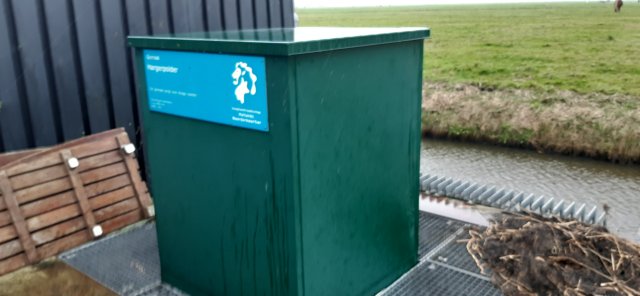
Because of its location in the open landscape, the mill has a good mill biotope. This means that the mill has a good or free wind catch and is not obstructed by trees or high-rise buildings.
In flames
Unfortunately, in the 20th century the mill also suffered quite a bit. During a heavy storm on the night of Jan. 3 and 4, 1976, the mill went wild and the friction caused a fire in the cap. It was barely possible to prevent the mill from burning down completely. The damage was extensive. Fortunately, the mill was repaired immediately afterwards.
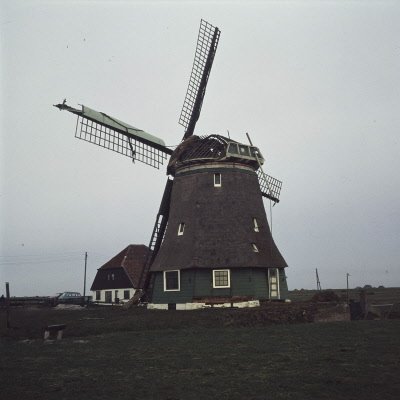
On February 6, 1991, disaster struck again. As a result of an overheated chimney pipe, the mill caught fire. Due to strong easterly winds, the fire quickly spread. The wooden structure withstood the fire reasonably well. Hood and sails had remained in place. Restoration was completed in May 1992, the miller returned, and the mill has since been on frequent rotation again.
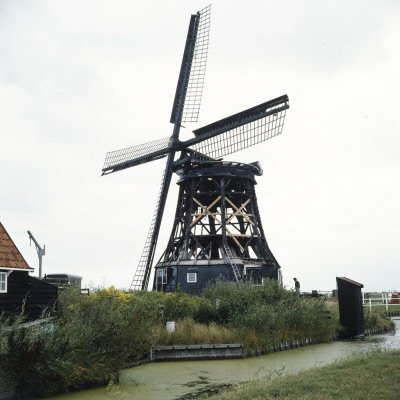

Thanks to mill owner Hugh Fernig.
Additional
Abbotskolk & The Wells, the area around Hargermolen, is designated as a Natura 2000 site.
Hiking
- Greetings from the Harger and Pettemerpolder (North Holland Walking Network)
- Green Link Groet (no. 398): Harger and Pettemerpolder (Frank walks)
Conservation of the mill is made possible in part by the National Cultural Heritage Agency and the province of North Holland.